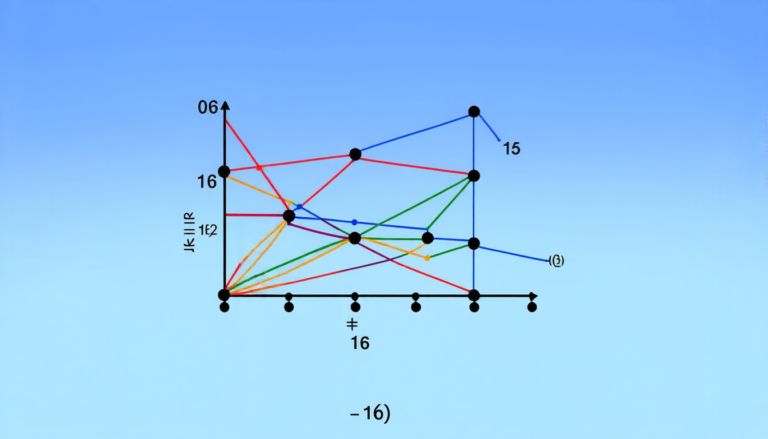Wednesday 16 April 2025
The intricate dance of synchronization has long fascinated scientists, who have spent decades studying how complex systems can come together in perfect harmony. From the rhythmic beating of heart cells to the synchronized flashing of fireflies, this phenomenon has been observed in a wide range of natural and artificial systems.
Now, researchers have made significant progress in understanding the underlying mechanisms that drive synchronization, particularly in the context of random geometric graphs. These networks are characterized by their irregular structure, where nodes are connected randomly according to certain probability distributions.
In a recent study, scientists have demonstrated that even in these complex systems, there is a critical point at which synchronization suddenly becomes possible. This phenomenon, known as spontaneous synchronization, has far-reaching implications for our understanding of how complex systems can emerge from chaos.
The researchers used the Kuramoto model, a classic mathematical framework for studying synchronization, to simulate the behavior of nodes on random geometric graphs. By tweaking various parameters, such as the number of nodes and the strength of connections between them, they were able to identify the precise conditions under which synchronization occurs.
One key finding was that even in cases where nodes are not directly connected, synchronization can still occur through indirect paths. This highlights the importance of considering the global structure of the network, rather than just focusing on local interactions.
The study also showed that the critical point for spontaneous synchronization is closely tied to the geometry of the graph. Specifically, it was found that the number of nodes and their spatial distribution play a crucial role in determining whether or not synchronization will occur.
These results have significant implications for our understanding of complex systems, from biology to social networks. By better understanding how synchronization arises in these systems, researchers can gain insights into the underlying mechanisms that drive their behavior.
The next step is to explore the practical applications of this research, such as developing new algorithms for synchronizing complex systems or designing more efficient networks. As our understanding of this phenomenon continues to evolve, we may uncover even more surprising and fascinating examples of synchronization in action.
Cite this article: “Synchronizing Spheres: A Breakthrough in Understanding Complex Networks”, The Science Archive, 2025.
Synchronization, Complex Systems, Random Geometric Graphs, Kuramoto Model, Network Structure, Global Connectivity, Indirect Paths, Geometry Of Graph, Spatial Distribution, Critical Point.







